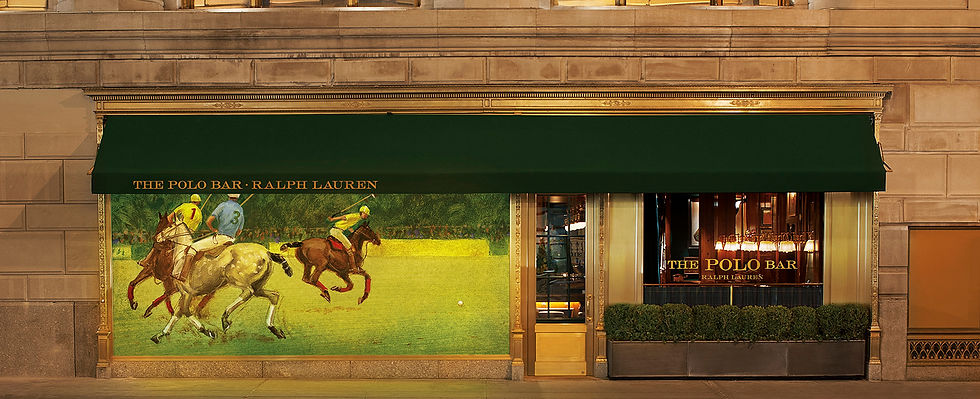When Comfort Stops Being Cool: The Fade of the Fashion Sneaker
- The VIVANT Team

- Oct 9
- 2 min read
Is the Reign of the Fashion Sneaker Over?
If the 2010s were the era of the hypebeast sneaker, and the early 2020s saw the fashion sneaker ascend to its throne, something new is stirring in 2025. The question on every stylist’s lips: Is the sneaker’s crown slipping?
The Shift: From Dominance to Decline Recent fashion weeks offered the first clue. Attendees, unburdened by the need to sprint between shows, opted less for “cool utility” and more for character — loafers, ballet flats, heeled boots. The visual tally is telling: fewer sneakers, more personality.

Data backs the observation. The eminently hyperlinked Adidas Samba — long the go-to fashion sneaker — peaked in search volume in April 2024, boasting 7.3 million monthly searches. Now, it’s slipped to about 5 million — a 32% drop.
Meanwhile, searches for “sneaker outfit” have flattened across major markets (US, UK, Australia, Canada). Younger Gen Z is stepping back: rather than steering sneakerized wardrobes, search data now skews toward 25–34-year-olds.
Put simply: sneaker fatigue is real — and it’s being driven by the youth themselves.
What’s Replacing It — Or Evolving Out of The decline doesn’t mean the end of shoes that ground you — it’s about reinvention. Here are a few currents to watch:
Hybrid & “Sneakerina” silhouettes: Think Mary Jane meets sneaker. Soft soles, elegant lines, and function that nods to but doesn’t replicate classic athletic DNA.
Flats, boots, loafers with edge: People are opting for shoes with more personality, more structure. They want footwear that feels intentional — a part of the look, not merely the “safe” option.
Niche revival plays: Styles like Nike Shox (a ’90s throwback) are seeing renewed interest. Why? They aren’t yet oversaturated, retain cult cachet, and push against the very exhaustion consumers feel from mainstream sneakers.
Demand for craftsmanship & innovation: One fix for the slump is better — better materials, better comfort, more story behind the construction. If a sneaker can’t feel special anymore, it loses cultural traction.

Photo: Claudio Lavenia via Getty Images
Why It Matters — More Than Just Footwear This isn’t just a shoe conversation — it’s expressive of a deeper turn in how we want to live, move, and present ourselves:
Clothing as language: As we pull back from hyperfunctional fashion, we’re returning to visuals that speak — shoes that whisper character over shout style.
A pushback against hype cycles: The drop culture, the constant sneaker release game — for many, it feels hollow now. A craving is emerging for design with longevity, not just the next drop.
Lifestyle matching aesthetic: Post-pandemic fashion is dressing “how life feels now.” If your weekend includes walking, commuting, and dinner, you want shoes that feel like a choice, not a compromise.
What to Watch Next Spring/Summer 2026 runways will test this shift: how many houses still lean on sneakers, and how many push alternatives.
Sneaker brands and luxury houses will face a pivot — diversify silhouettes or double down on heritage drops.
The entrants in hybrid footwear will define whether this shift is a flicker or a full tectonic move.
If nothing else, consider your shoe shelf: it might be time for a reinvention.




Comments